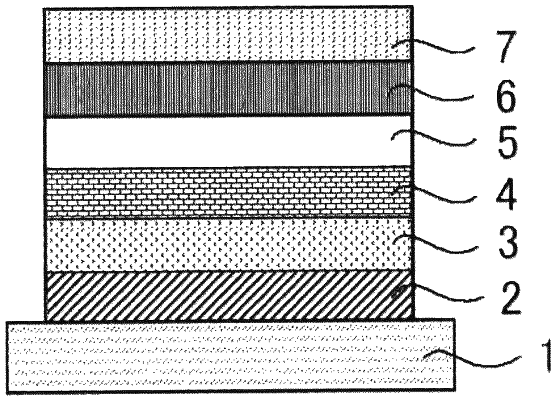| CPC H10K 85/6572 (2023.02) [C09K 11/06 (2013.01); H10K 50/11 (2023.02); H10K 50/121 (2023.02); H10K 85/622 (2023.02); H10K 85/654 (2023.02); H10K 85/656 (2023.02); H10K 85/657 (2023.02); C09K 2211/1011 (2013.01); C09K 2211/1014 (2013.01); C09K 2211/1033 (2013.01); C09K 2211/1044 (2013.01); C09K 2211/1074 (2013.01); C09K 2211/1077 (2013.01); C09K 2211/186 (2013.01); H10K 85/324 (2023.02); H10K 85/631 (2023.02); H10K 2101/10 (2023.02); H10K 2101/30 (2023.02)] | 18 Claims |

|
1. An organic electroluminescent device comprising an anode, a cathode, and at least one organic layer including a light emitting layer between the anode and the cathode,
the light emitting layer containing a first organic compound, a second organic compound, and at least one third organic compound that satisfy the following expression (A), the second organic compound being a delayed fluorescent material consisting of the atoms selected from H, D, C, N, O, and S having an energy difference ΔEST between a lowest singlet excited state and a lowest triplet excited state at 77K of 0.3 eV or less, the third organic compound being a light emitting material, and the third organic compound is excited to the singlet excited state by accepting energy from the second organic compound in the singlet excited state:
ES1(A)>ES1(B)>ES1(C) (A)
wherein ES1 (A) represents a lowest singlet excitation energy level of the first organic compound; ES1 (B) represents a lowest singlet excitation energy level of the second organic compound; and ES1 (C) represents a lowest singlet excitation energy level of the third organic compound.
|